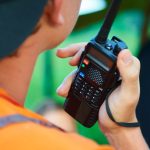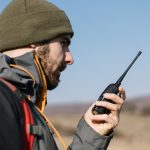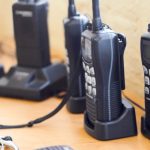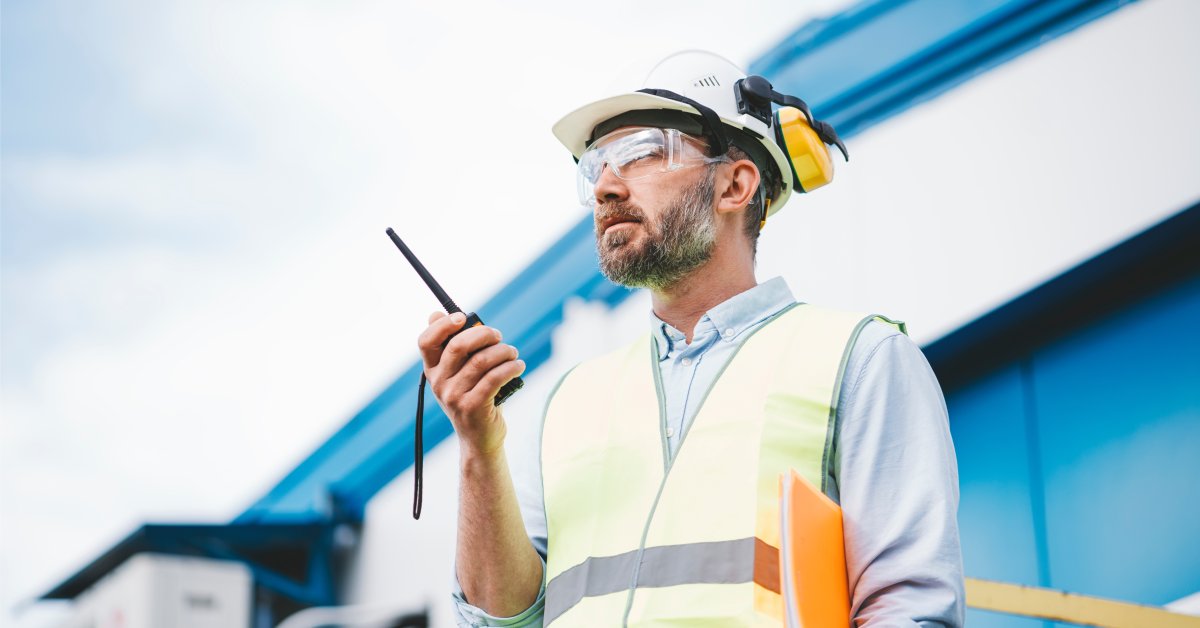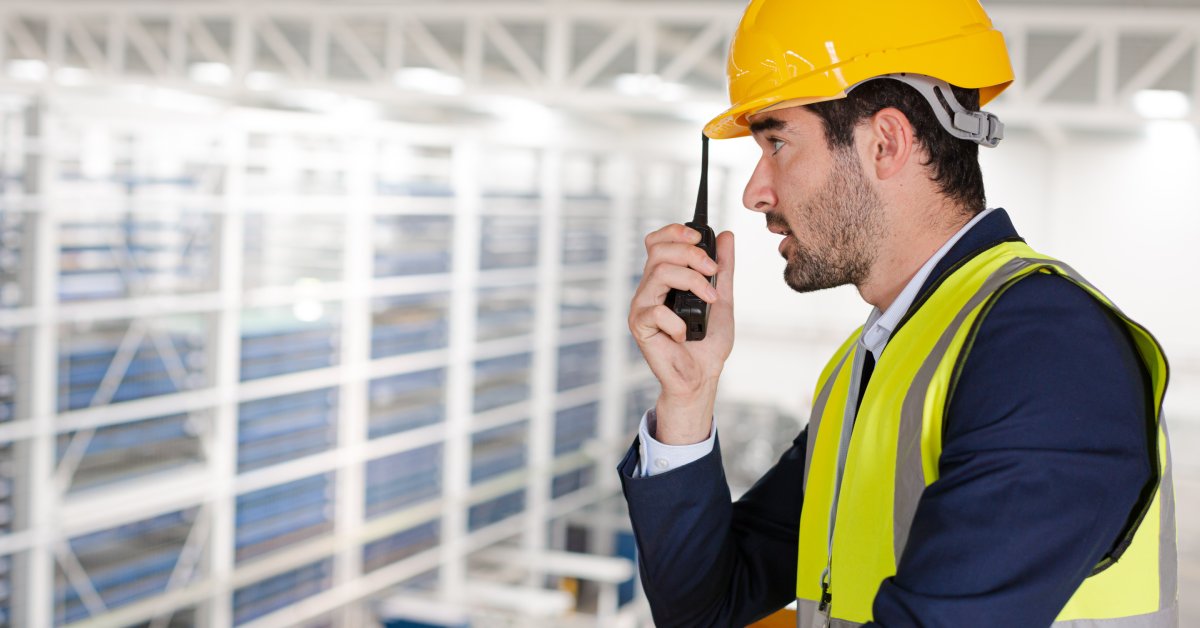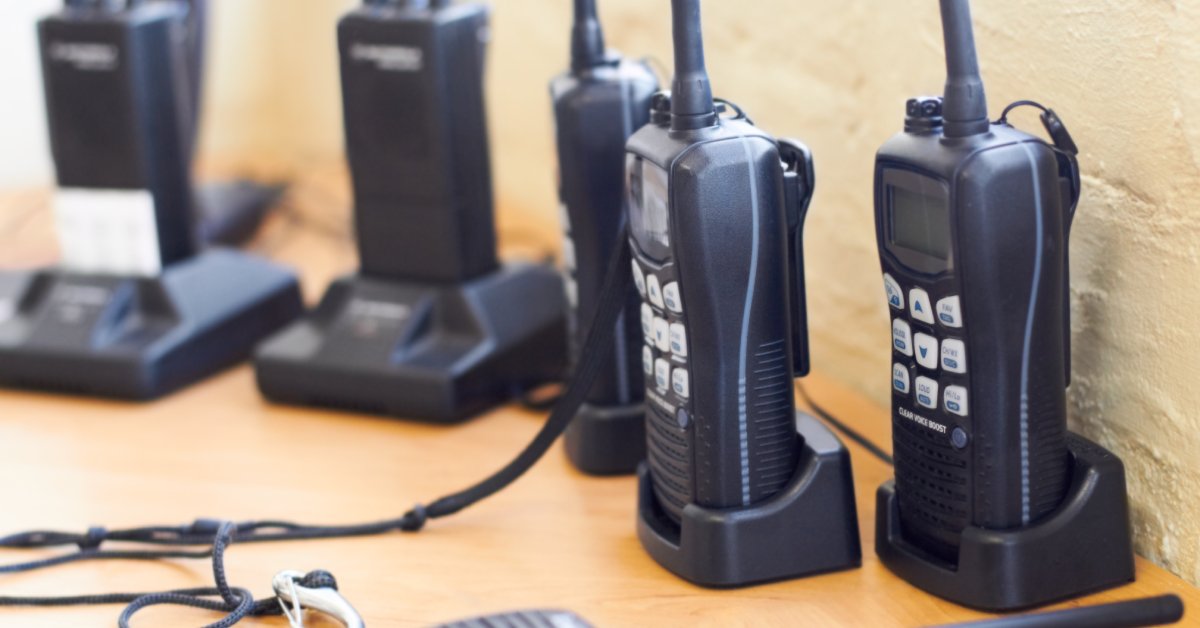Communication is always important, but when the temperature drops and the environment turns icy, it becomes crucial. No matter what type of cold weather situations you find yourself in, reliable communication can be a real lifesaver.
In cold-weather environments, traditional communication methods often fall short, making two-way radios an indispensable tool. Join us as we explore key considerations when using two-way radios in cold weather. You’ll learn how to select the right device, best practices for operation, and real-world scenarios that highlight their practicality.

The Benefits of Two-Way Radios
Two-way radios are a favorite among emergency responders and outdoor enthusiasts.
Reliable Communication
Two-way radios offer consistent and reliable communication, even in environments where cell phone signals may be weak or nonexistent. Their ability to function without a cellular network makes them particularly valuable in remote, cold-weather locations.
Durability and Resilience
Designed to withstand harsh conditions, many two-way radios are rugged enough to operate effectively in extreme temperatures, snow, and ice. They often feature protective casings that can handle drops and exposure to moisture, ensuring optimal performance in challenging environments.
Long Battery Life
Compared to smartphones or other communication devices, two-way radios typically have a longer battery life, which is crucial during extended periods outdoors in the cold. Some models also come with battery-saving features that allow for prolonged usage—an essential factor when access to charging options may be limited.
Hands-Free Operation
Many two-way radios are equipped with hands-free functionality, enabling users to communicate while keeping their hands free for other tasks. This feature is especially advantageous in cold weather when wearing gloves or managing equipment is necessary.
Group Communication
Two-way radios enable group communication, allowing multiple users to stay in contact simultaneously. This is particularly useful for teams working in cold environments, as it ensures everyone remains informed and connected in real time.
Considerations When Using Two-Way Radios in Cold Weather
When selecting two-way radios for use in cold weather, there are several important factors to consider.
- Battery efficiency: Cold temperatures can significantly reduce battery life. Keep spare batteries warm and ready for use, and consider using radios with battery-saving features.
- Device protection: Ensure your radio has a durable, weather-resistant casing that guards against moisture, snow, and ice. Using carrying cases or pouches can provide additional protection.
- Frequency selection: Icy terrains and snowy environments can impact signal transmission. Choose the appropriate frequency or channel to ensure optimal coverage and clarity in communication.
- Antenna care: Physical impacts or freezing conditions can damage the antenna, so it’s crucial to regularly check and maintain it.
- Volume and sound clarity: With gloves or other gear, adjusting volume may be challenging. Pre-set your radio’s volume to an appropriate level, and use earpieces for clearer reception in noisy conditions.
- Hands-free accessories: Having a hands-free accessory can be very useful, as it allows operations without removing gloves. Test the compatibility and functionality with your specific radio model.
- Emergency features: Ensure your radio has emergency functions such as a built-in flashlight or SOS broadcasting capability, which can be invaluable in unanticipated circumstances.
- Regulatory compliance: Some cold-weather environments require specific frequencies or licenses for operation. Verify your two-way radio’s compliance with local regulations.
By accounting for these factors, you can ensure you stay connected, even in the most challenging situations.
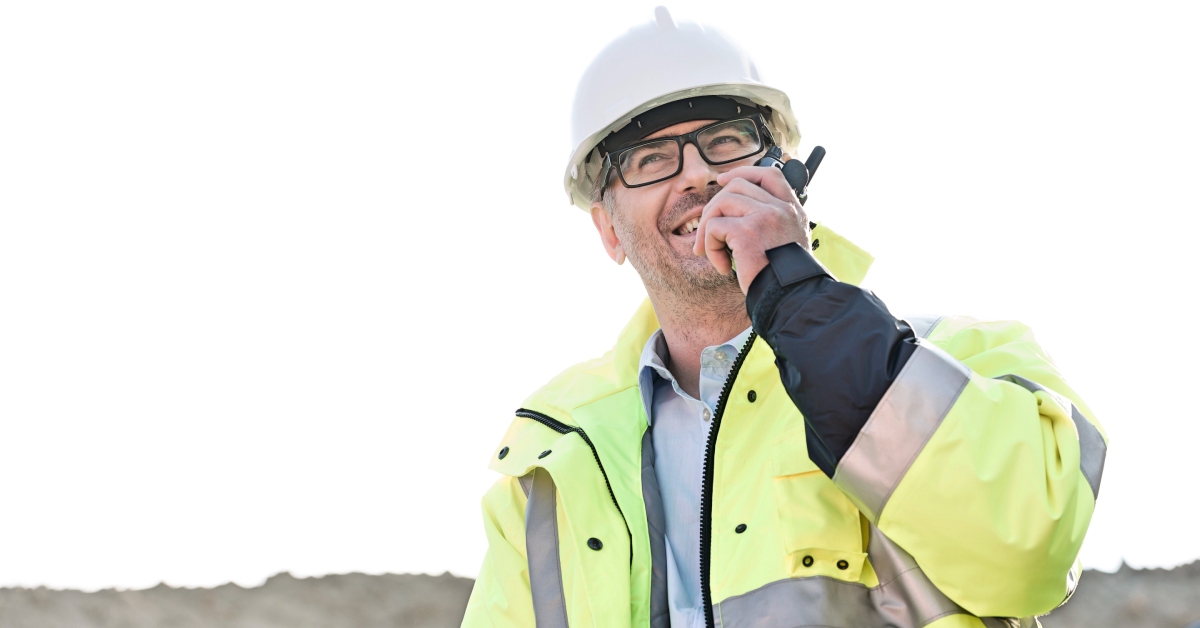
Cold-Weather Situations Where Two-Way Radios Are Beneficial
There are a variety of situations where two-way radios come in handy.
Emergency Rescue Missions
In emergency rescue missions, especially in remote or mountainous regions, two-way radios are essential tools for coordination. Rescuers need reliable communication to navigate difficult terrains, update team members on progress, and alert them to potential hazards or changes in conditions. Radios ensure that all personnel remain connected, which is crucial for the timely and efficient execution of rescue operations in cold environments.
Winter Hiking and Mountaineering
For winter hiking and mountaineering enthusiasts, safety is paramount. Two-way radios provide a dependable line of communication for group members who may become separated or need to relay information about weather changes, route conditions, or emergency situations. In areas where cell phone coverage is sparse, radios ensure hikers and mountaineers can maintain contact and coordinate effectively.
Ski Patrol and Snow Maintenance
Ski patrol teams and snow maintenance workers utilize two-way radios to ensure the safety and smooth operation of ski resorts. Coordinating slope closures, managing equipment, and responding to accidents require clear and instant communication, which two-way radios reliably support, regardless of weather conditions.
Arctic and Antarctic Expeditions
Expeditions to the Arctic or Antarctic regions demand robust communication tools due to the extreme cold and remoteness of these environments. Two-way radios are indispensable for maintaining contact between team members, coordinating movements, and ensuring safety amidst the harsh, unpredictable conditions of polar expeditions.
Construction in Cold Weather
In the construction industry, especially in regions prone to freezing temperatures, reliable communication plays a pivotal role in ensuring project safety and efficiency. Two-way radios are crucial in coordinating tasks and conveying critical information instantaneously across the jobsite. Cold weather can pose unique challenges, such as equipment malfunctions, icy surfaces, and visibility issues.
Selecting the Right Two-Way Radio Brand
Choosing the appropriate two-way radio brand is essential for ensuring optimal performance and reliability in cold weather conditions. Several reputable brands consistently deliver high-quality products suited for challenging environments.
- Motorola: Known for their durability and advanced technology, Motorola radios offer excellent cold-weather performance with features like customizable frequencies and long battery life. Their rugged designs are ideal for extreme conditions.
- Kenwood: Kenwood radios are praised for their exceptional audio clarity and robust construction, making them reliable even in harsh weather. They offer a range of models that cater to various professional and recreational needs.
- Icom: With a focus on innovation, Icom produces radios with strong signal range and resilient designs tailored to outdoor and cold weather usage. Icom radios often include useful features such as hands-free operation and emergency functions.
- Midland: Midland radios are designed for ease of use, offering straightforward functionality and durable design. Their models are well-suited for outdoor enthusiasts and professionals needing reliable communication in cold conditions.
- Baofeng: A budget-friendly option, Baofeng radios deliver strong performance and range, though they may require more manual setup. They are a practical choice for users seeking reliable communication without premium pricing.
When selecting a brand, ensure it meets your specific needs and regulatory requirements and offers robust customer support to help address any operational challenges.
Effective Communication for Any Situation
Two-way radios are an invaluable tool in cold-weather environments. Their reliability, durability, and extended battery life make them superior to other communication methods in harsh conditions. By carefully selecting the right model and following best practices, you can ensure effective communication and enhanced safety in any situation.
For those who rely on clear communication to perform their duties or enjoy their hobbies, investing in a quality two-way radio is essential. Whether for work or play, these devices provide a critical connection when it matters most. With a Motorola APX 8000 battery from Battery Distributors, you can power your devices for all your needs.



